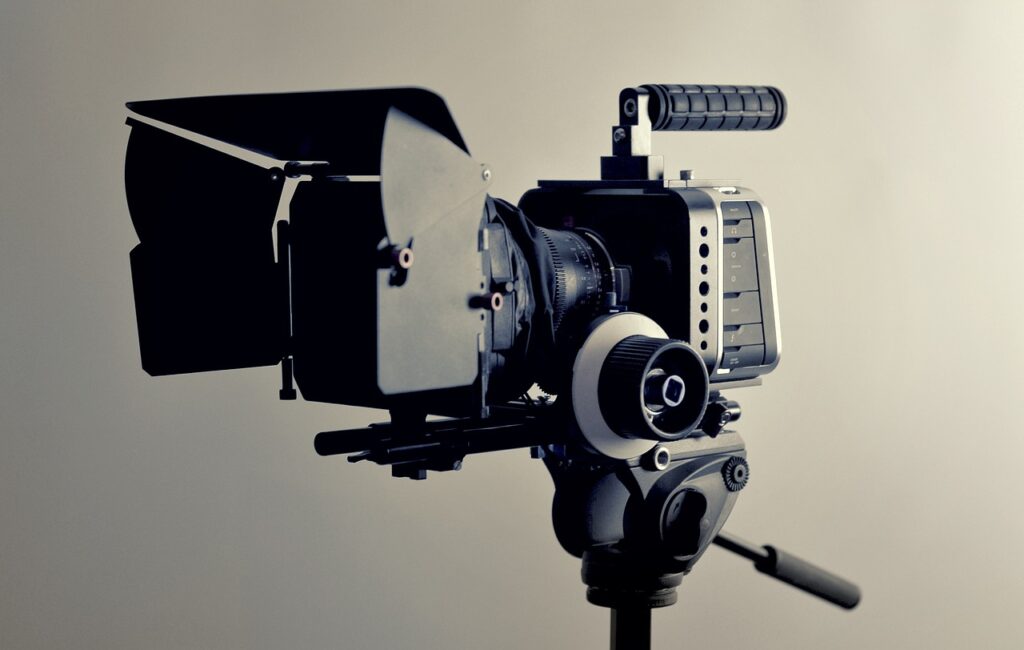
Cinema as a Reflection of Society: A Journey Through the Lens
Cinema has always been a powerful medium, mirroring societal changes and the collective consciousness of the time. From its inception, films have not only entertained but also educated, provoked thought, and inspired change. This transformative art form transcends mere storytelling; it captures the zeitgeist, the spirit of an era, and the underlying currents that shape our world. Through the lens of a camera, cinema offers a window into the complexities of human experience, reflecting societal norms, values, conflicts, and transformations.
Every era and culture finds its voice in cinema. The aspirations, struggles, and triumphs of a society are vividly portrayed on the silver screen, making films a crucial cultural artifact. They serve as historical documents that not only chronicle events but also explore the psychological and emotional landscape of the times. As societies evolve, so does their cinematic expression, highlighting new challenges, ideologies, and visions for the future.
In this blog, we will explore how films, both in Indian and Western contexts, act as mirrors to society. By examining notable examples, we will see how cinema has consistently held up a mirror to the world, reflecting its many facets and complexities. We will delve into the power of Indian cinema, especially Bollywood, and its unique ability to capture the essence of Indian life, as well as the influence of Western cinema, particularly Hollywood, in shaping and reflecting societal norms and issues.
Through this exploration, we will understand cinema’s dual role: as both a mirror and a molder of society.
The Power of Indian Cinema
Indian cinema, especially Bollywood, is a vibrant tapestry of color, music, and storytelling. It encapsulates the dreams, struggles, and realities of the Indian populace. Let’s delve into some notable examples:
-
- Mother India (1957): This iconic film by Mehboob Khan is a poignant depiction of a rural woman’s struggle against the socio-economic hardships of post-independence India. The film reflects the era’s agrarian distress and the resilience of Indian women.
-
- Sholay (1975): Directed by Ramesh Sippy, Sholay is not just an action-adventure film but a commentary on friendship, justice, and the lawlessness prevalent in certain parts of India during the 1970s. Its themes of vengeance and camaraderie resonate deeply with Indian audiences.
-
- Dangal (2016): This biographical sports drama directed by Nitesh Tiwari highlights gender discrimination and the rise of women in sports. It tells the real-life story of wrestler Mahavir Singh Phogat and his daughters, showcasing societal change in attitudes towards female athletes in India.
Western Cinema and Societal Reflection
Western cinema, particularly Hollywood, has similarly mirrored societal shifts and issues. Here are a few significant examples:
-
- Gone with the Wind (1939): Directed by Victor Fleming, this epic historical romance reflects the complexities of the American South during the Civil War and Reconstruction era. The film addresses themes of love, loss, and the transformation of Southern society.
-
- The Godfather (1972): Francis Ford Coppola’s masterpiece delves into the dynamics of power, crime, and family in America. It explores the impact of organized crime on society and the American Dream’s darker side.
-
- Get Out (2017): Directed by Jordan Peele, this horror film is a sharp commentary on race relations in contemporary America. It uses the horror genre to explore the subtleties and overt expressions of racism, making it a powerful societal critique.
Cinema: A Mirror and a Molder
Cinema doesn’t just reflect society; it also has the power to shape it. Films often spark conversations, challenge perceptions, and inspire movements. For instance, films like To Kill a Mockingbird (1962) have influenced societal views on justice and race, while Brokeback Mountain (2005) played a crucial role in bringing LGBTQ+ issues to the forefront of public discourse.
A valuable resource for those interested in this fascinating interplay between cinema and society is Dr. Priyanka Joshi’s book, Cultural Echoes: Understanding Popular Culture, published by Nyra Publishers. This insightful work delves deep into how various forms of popular culture, including cinema, reflect and influence societal trends and transformations. This insightful book delves into how various forms of popular culture, including cinema, reflect and influence societal trends and transformations. Dr. Joshi’s work provides a comprehensive analysis, making it an invaluable resource for anyone keen on understanding the symbiotic relationship between culture and society.
Conclusion
Cinema, with its ability to reach and resonate with a broad audience, remains a crucial reflection of society. By understanding the societal contexts and narratives portrayed in films, we gain a deeper insight into the cultural and social fabric of different eras and regions. Whether through the lens of Indian cinema or Western films, the stories we watch on screen are a testament to our collective journey.
For more in-depth analysis and exploration of this fascinating topic, grab your copy of Cultural Echoes: Understanding Popular Culture by Dr. Priyanka Joshi today.
#CinemaAndSociety #IndianCinema #WesternCinema #CulturalEchoes #DrPriyankaJoshi #NyraPublishers #MovieAnalysis #FilmAndCulture #SocietalReflection #PopularCulture #Bollywood #Hollywood

